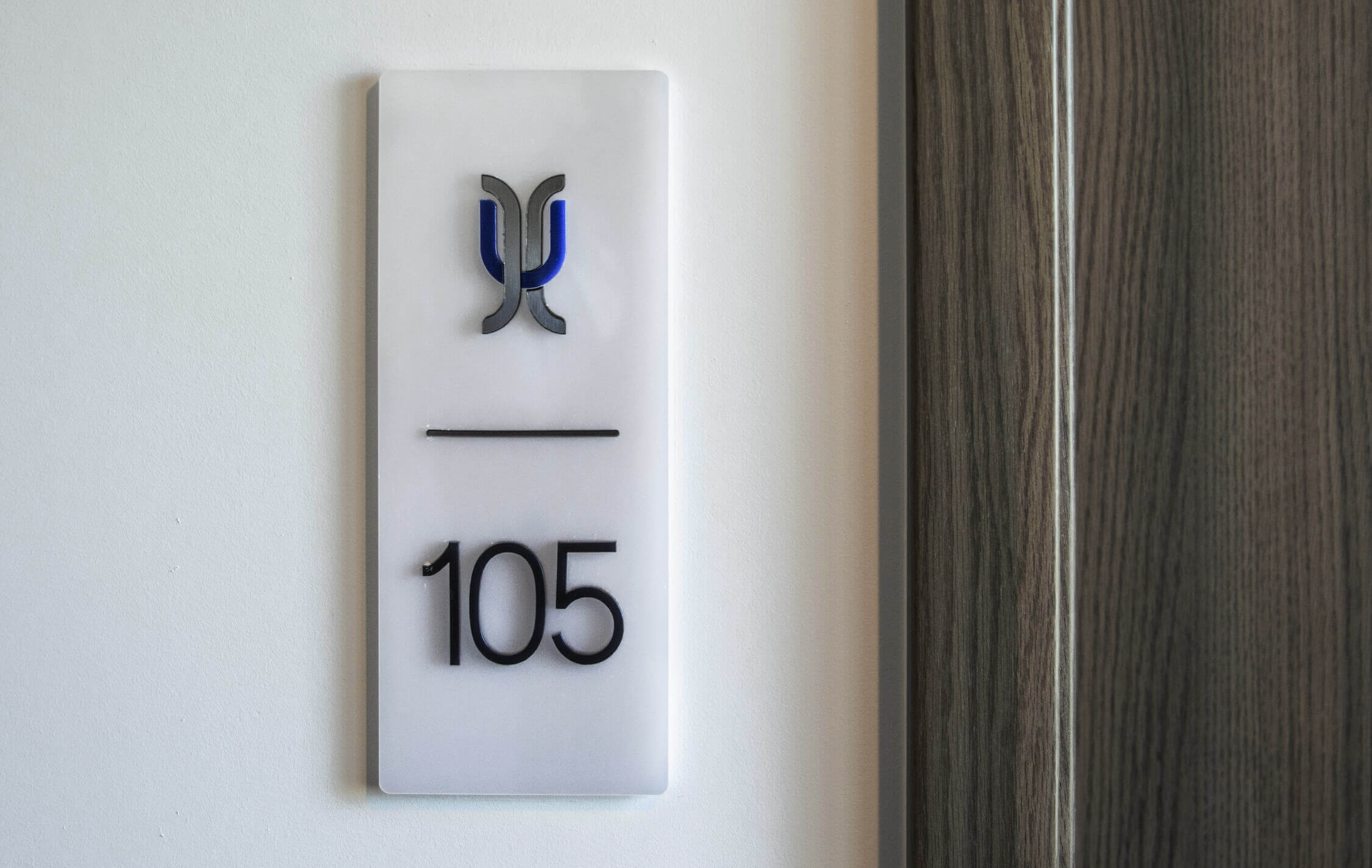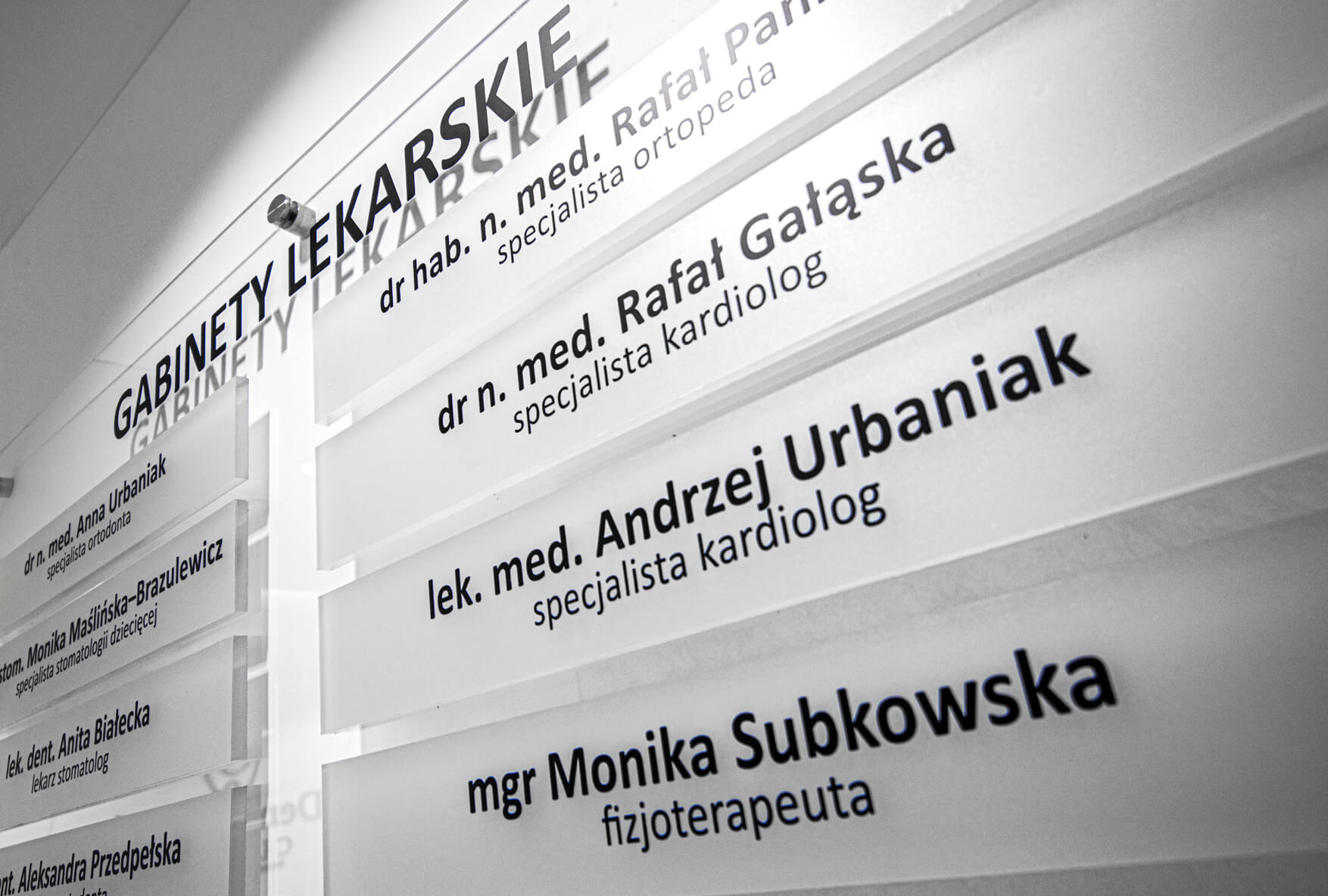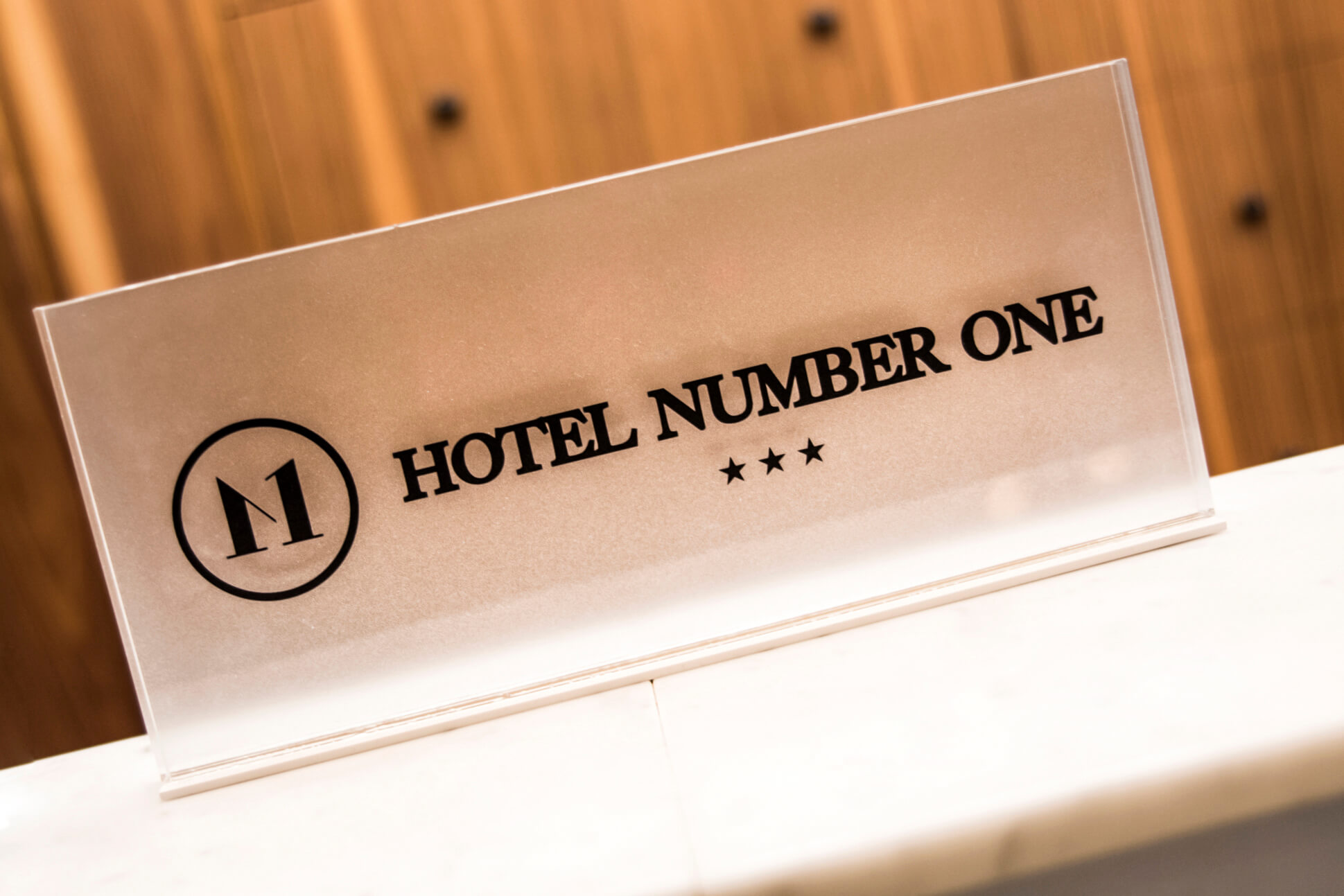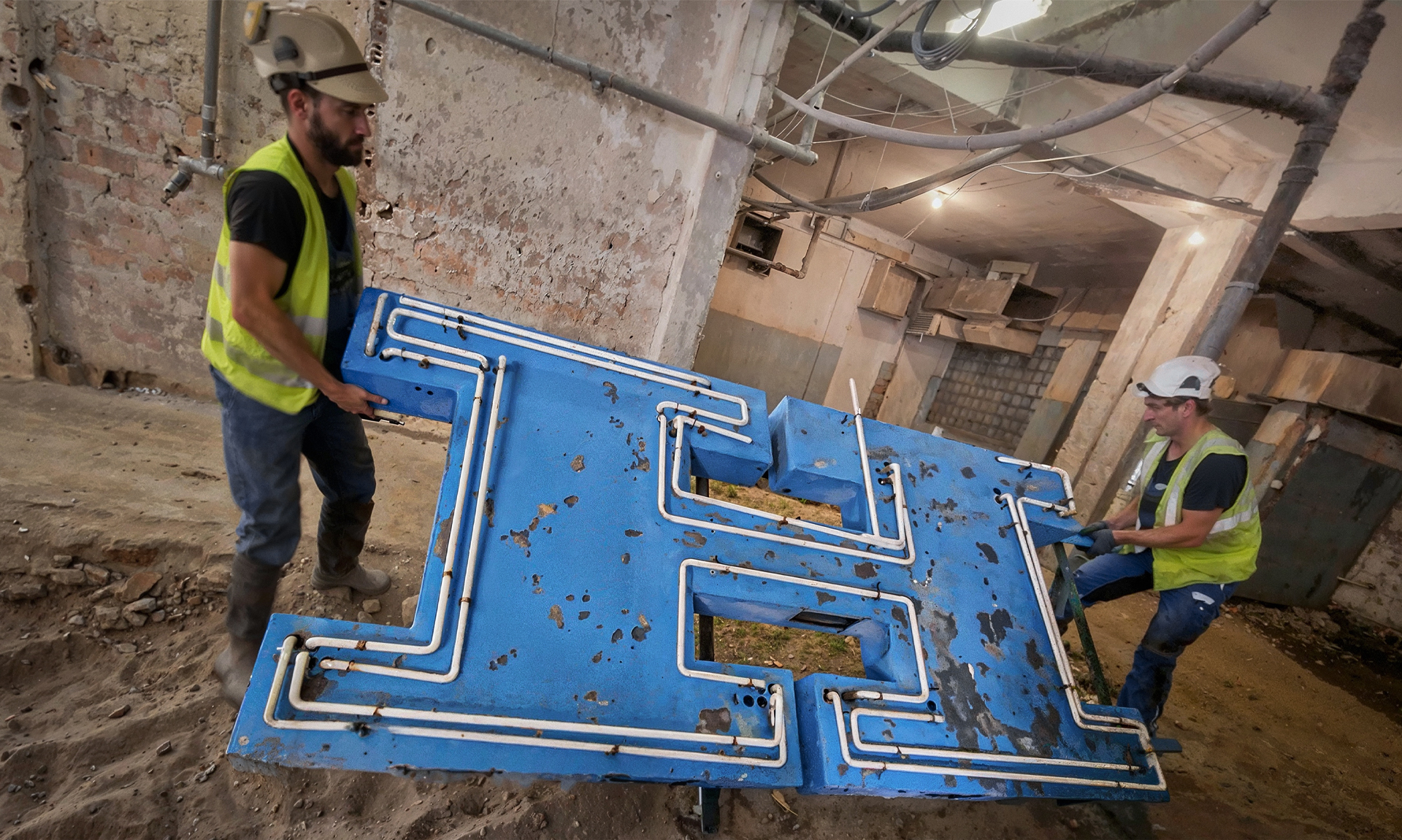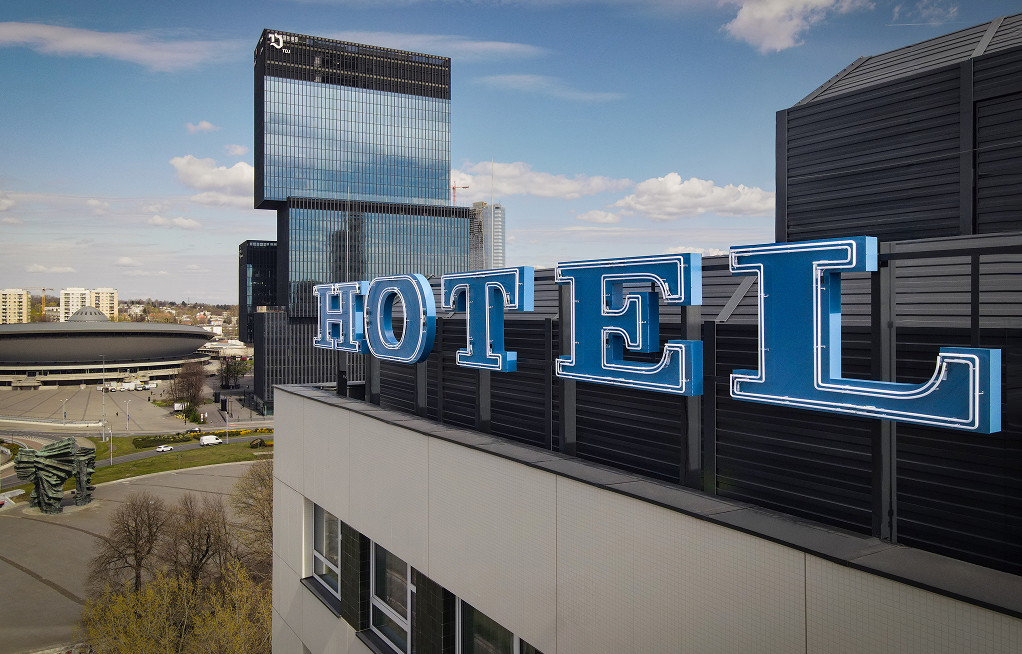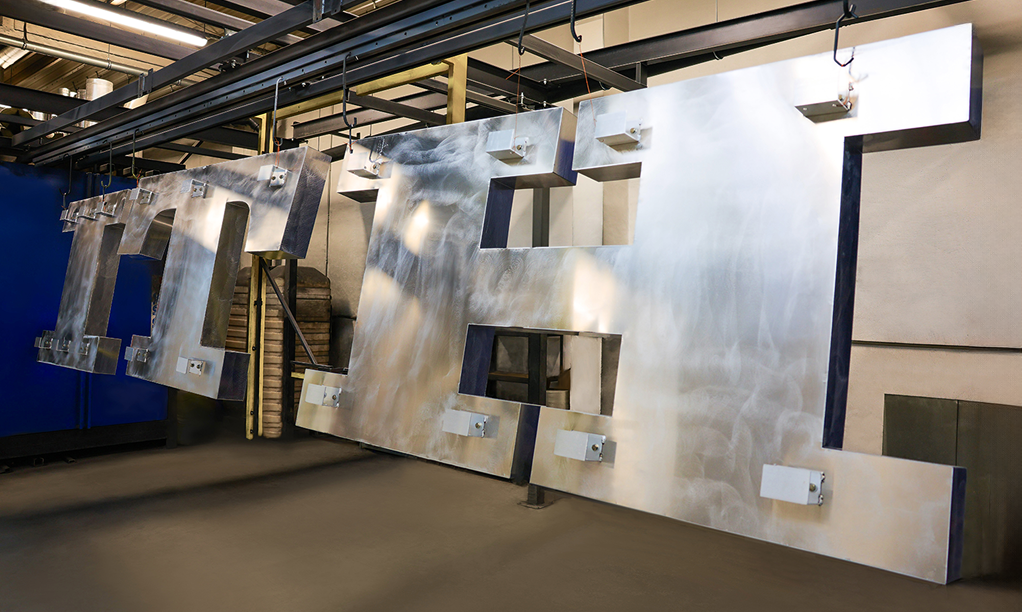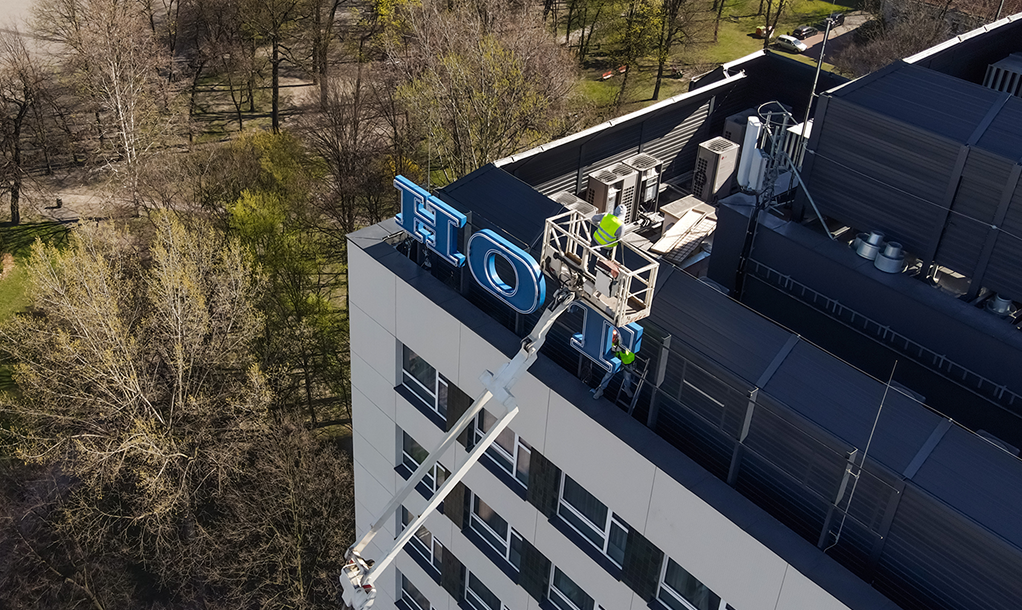When it comes to signage, it's important to strike a balance between compliance and aesthetics. At Pretende, we specialise in designing signs, placards that are not only fully compliant but also visually appealing.
Background design gallery
If you would like to personalise your Braille signs, we offer a background design gallery that allows you to choose from many options. This gallery includes various designs, colours, and textures that can enhance the visual appeal of the signs. By deciding a background design that matches the overall theme of your facility, together with us, you can create a cohesive and professional look for your building signage.
Custom sizing and personalisation
In addition to the design options mentioned above, we also offer the option to customise the size of Braille signs. This ensures that the sign fits perfectly in the designated area and is clearly visible to people who use Braille to navigate.
In addition, we offer the option of adding your inscription, logo, or company image to the sign. This personalisation not only adds a unique touch, but also helps to reinforce the brand identity in the workplace.
The art of designing signage, braille signs
Designing braille signage involves many considerations; our expert design team takes every factor into account. From the outset, we ensure that the graphics meet all braille signage compliance standards while maintaining an attractive appearance.
The process
Our process for creating Braille signs involves several stages to achieve the desired results: To make our signs accessible to the visually impaired, we use Braille lettering. Using a computerised drill, we make precise holes in the background of the sign. The depth of these holes is crucial and requires meticulous calibration. Once the holes have been drilled, small plastic beads are inserted using a special tool, creating a convex text in Braille.
On which side of the door is the Braille signage placed?
When it comes to placing a Braille sign next to a door, there are many factors to consider. The recommended location of the Braille sign is on the side of the door latch where the door handle is located. This is the side where people enter the room, making it the most logical place for the sign.
To ensure accessibility for all users, it is important to allow users in wheelchairs or with different abilities to safely approach and interact with the sign without the door swinging open and causing any obstruction.
However, if there is not enough space on the latch side of the door, the sign should be placed in the nearest accessible location. It is significant to avoid placing the sign too far away from the door, as it may become disconnected and cause confusion for users trying to locate the sign.
For doors that open inwards, the sign can be placed directly on the door. This is permitted to prevent potential hazards to visually impaired users. Placing the sign on the door when it swings outwards may pose a risk of hitting the user in the face when trying to read the sign at close range.
Ensuring compliance, standardising signage for the blind
While we encourage creativity and personalisation, we understand the importance of adhering to the guidelines of specific standards for the blind. Our team of experts will work closely with you to ensure that your custom braille sign meets all requirements. This includes the correct placement and size of braille dots, the use of appropriate colours and contrasts, and the inclusion of tactile elements.
By combining our expertise with your vision, we can create a custom braille sign that not only meets the needs of the visually impaired, but also enhances the accessibility and inclusivity of your facility.
Finishing
To complete the braille sign, we apply double-sided tape to the back for easy installation. The sign then undergoes a thorough cleaning and inspection before being carefully packaged for shipment.
If you have a braille sign design in mind, we are happy to help. Our team at Pretende is dedicated to creating fully compliant, visually appealing signs, braille signs that make a lasting impression on their users.

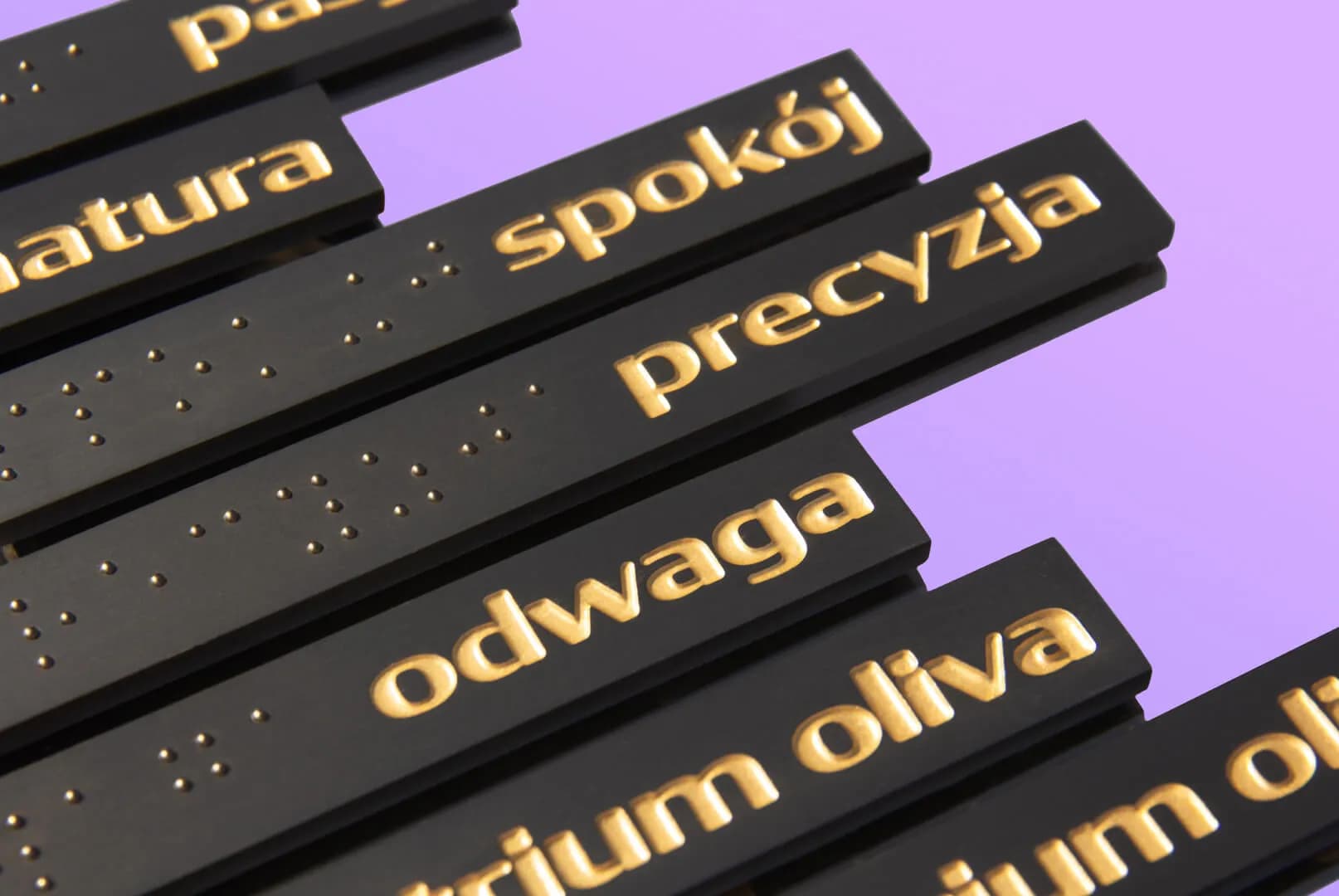
.jpg%22%2C%22reception_hotel_tab_with_plexi_labeling_hotels_labeling_reception_information_hotel_tab_on_reception_tab_with_plexi_reception_hotel.jpg%22%2C%22room-numbers-room-numbering-room-numbers-behind-the-doors-apartment-labeling-room-identification-interior-floor-labeling.jpg%22%2C%22information_board_at_the_entry_signboard_information_at_the_entry.jpg%22.&w=2048&q=75)
